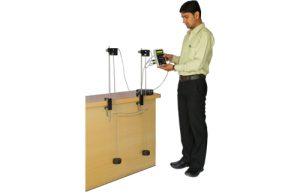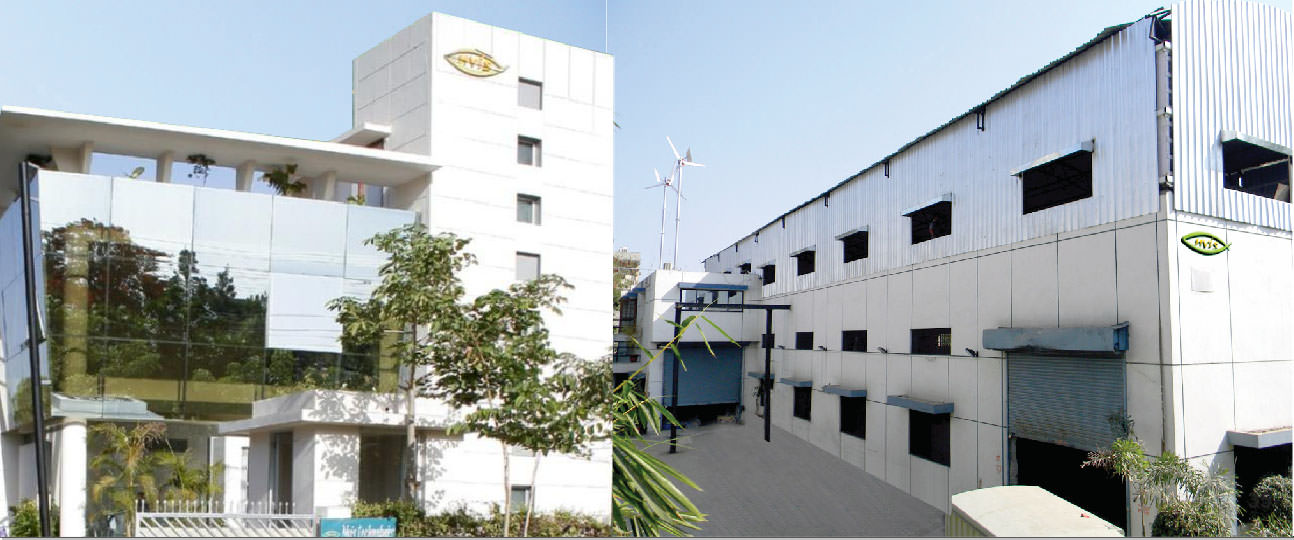Posted on May 26, 2025
In the future of education—especially at the postgraduate level in Physics and Electronics—the paradigm is shifting. Classrooms will demand more than rote memorization of theory; learners must actively engage with concepts, manipulate experimental systems, and witness dynamic behaviors firsthand. At this intersection of theoretical insight and practical application lies the phenomenon of coupled oscillations.

Coupled oscillators are not merely another chapter in an advanced Physics textbook—they are a living, breathing demonstration of how energy travels, how systems synchronize, and how resonance can both amplify and destabilize depending on environmental and design factors. Their significance is echoed in diverse industrial applications, ranging from robotic motion control to wireless energy transmission, from mechanical load distribution to RF signal behavior modeling.
Yet, despite their immense practical relevance, coupled oscillations are often taught in a fragmented, abstract manner. The disconnect between mathematical derivation and physical experience hinders deep understanding. This is where high-fidelity academic equipment becomes not just beneficial—but essential.
Why coupled oscillators matter in the postgraduate classroom
For PG students preparing to enter research labs and innovation-driven roles, a clear grasp of wave mechanics, resonance, and coupling is essential. These concepts underpin technologies like synchronized systems, RF communication, and sensor networks.
Coupled oscillator systems provide a vital bridge from theory to application. By observing real-time energy transfer, phase shifts, and resonance modes, students gain insights that go beyond simulations. Key learnings include:
- Resonance modes – Understanding amplification through synchronization
- 180° phase shifts – Exploring anti-phase behavior for system control
- Beat frequencies – Visualizing dynamic oscillatory patterns
- RF waveform responses – Connecting theory with waveform observation
This isn’t just academic knowledge—it’s preparation for real-world problem-solving.
From oscillations to applications: The industry perspective
The behaviors studied through coupled oscillators mirror what industries deal with in complex real-time systems. In robotics, for instance, controlling and predicting oscillatory behavior helps in load balancing, feedback loop control, and precision motion management. In power systems, coupled oscillations explain energy transfer across systems and resonance mitigation—key for smart grid stabilization. In telecommunications, RF behavior modeling often relies on understanding coupled resonators for filtering and signal propagation.
When institutions equip students with the tools to not only understand these systems but to experiment with them, they elevate their curriculum from textbook-driven to industry-aligned. This is the differentiator that sets apart traditional programs from future-ready ones.
The role of specialized equipment in conceptual mastery
To enable this level of experiential learning, institutions need lab equipment that bridges pedagogy with real-world complexity. A purpose-built coupled oscillator system—designed for postgraduate education—does just that.
Using two identical pendulums linked by a compression spring, this setup allows learners to explore oscillatory behavior with precision. Magnetic field sensors capture time periods and frequencies, while a data acquisition unit and PC interface support real-time analysis of resonance, beat patterns, and phase shifts.
With this tool, students can:
- Examine normal and resonance modes
- Calculate and compare coupling constants
- Measure beat frequencies and spring constants
- Connect theoretical principles with physical behavior
This isn’t just observation—it’s applied physics in action, preparing students to model, control, and innovate with complex oscillatory systems.
Introducing the Nvis 6112 Coupled Oscillator: Bridging the gap between theory and industry
In response to the growing demand for immersive, application-driven learning in postgraduate Physics, the Nvis 6112 Coupled Oscillator emerges not just as an apparatus—but as a powerful enabler of conceptual mastery. Purpose-built for advanced learners, it transforms abstract wave theories into tangible, real-time experiences.
Rather than merely illustrating resonance or coupling on paper, the system brings these principles to life—allowing students to observe, manipulate, and analyze behaviors like normal and resonance modes, 180° phase shifts, beat phenomena, and energy transfer patterns with clarity and precision.
Key Features at a Glance:
- High-sensitivity magnetic field sensors for real-time, accurate waveform detection
- Identical pendulums with spring coupling to ensure consistent energy transfer observations
- Dual data capture options—manual logging and PC-based visualization
- RS232 PC interface for seamless graphing, export, and analysis
- Adjustable coupling lengths and spring constants to explore varying system dynamics
Exclusively designed for postgraduate experimentation, the Nvis 6112 supports advanced coursework, research projects, and labs that aim to bridge the academic-industry divide. Its true value lies in the mindset it cultivates—one of inquiry, experimentation, and system-level thinking.
More than just a lab tool, the Nvis 6112 prepares learners to interpret, model, and apply complex oscillatory systems in contexts ranging from robotics to RF technologies. For institutions dedicated to producing forward-thinking researchers and innovators, this platform delivers not just functionality—but transformation.
Elevating Physics labs into innovation incubators
In the pursuit of education that prepares students for the challenges and opportunities of tomorrow, conceptual tools like coupled oscillator systems are not optional—they are essential. They serve as the intellectual gymnasiums where future scientists, engineers, and innovators build the muscles of reasoning, analysis, and design thinking.
For academic institutions striving to stay relevant, competitive, and research-oriented, investing in such equipment is more than a purchase—it’s a commitment to academic excellence and industrial relevance. The Nvis 6112 Coupled Oscillator is one such commitment—a beacon for conceptual learning and a catalyst for innovation.









Leave a reply